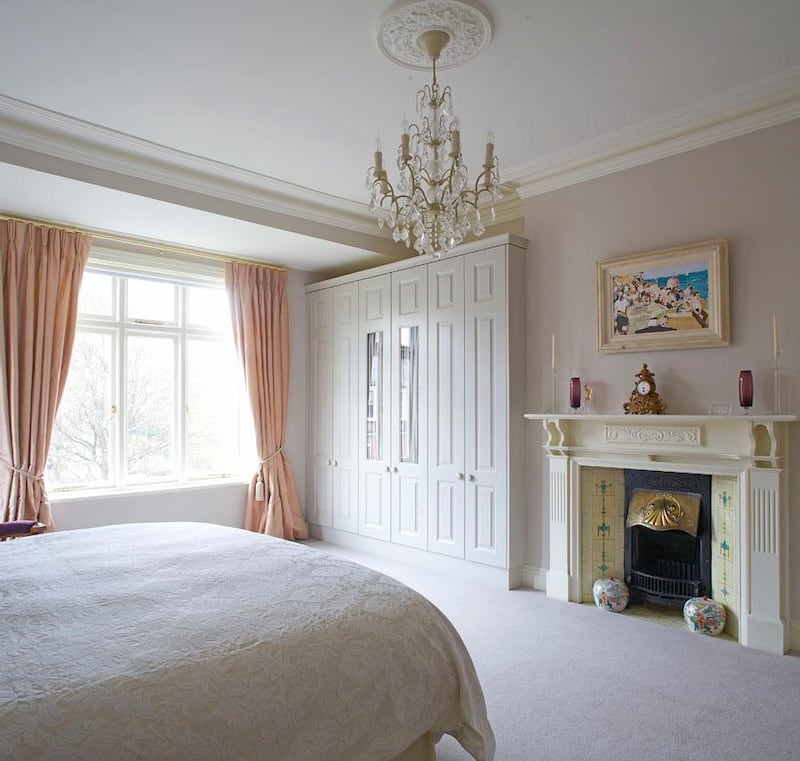Period homes are truly beautiful buildings: the Georgian, with its grand reception rooms and elegant symmetry; the Victorians with beautiful cornicing and attractive bay windows. But are they really suitable for how we live today, and more importantly, can they be successfully adapted?
Many period homes are designed over several levels, so getting them to work in the more sociable, all-inclusive style that has become the norm can be a challenge. By simply adding a large extension to the rear of the property to create an open-plan family space, you may end up cutting off the main house from the new addition.
In larger period homes the kitchens are often in the basement or lower ground floor, making them the darkest spaces, isolated from the main living accommodation. In fact in many cases homeowners enter and exit their home through the basement level, meaning even the front door and entrance hall become redundant.
People expect their homes to work and run efficiently now, so the idea of an unused room – like a good room, or formal dining room – seems pretty impractical. Conversely, however, there’s an increasing need for a quiet room away from the busy open-plan living spaces to relax, read or watch TV – rather than somewhere to entertain only on special occasions. How can these competing needs be met in a period property?
1. Respect the past but celebrate the future
In the 1980s there was a tendency to rip out existing features to make way for a more modern look. Today, thankfully, a more considered approach is the norm. It’s important to respect the character of the original house. Try to preserve or reinstate original features but don’t compromise on contemporary style and functionality. Even in homes that are planning-protected, a contemporary addition can often be favourably viewed by the planning authorities.

2. Turn things on their head
Don’t be afraid to move things around. Rather than locating the kitchen in the basement, for example, consider moving it up to the the upper floor and connect with the reception rooms at that level. This way you will not only be more inclined to use the reception rooms but you will gain more light in the heart of the home and have a bright inviting family zone off the main hallway. The lower ground or basement rooms could then be used for things such as laundry, utility and den or play areas.
3. If extending, incorporate natural light
Period homes can often be long and narrow in their footprint, and extending makes the centre of the house vulnerable to becoming even darker. Try to design ways to get light into these spaces – rooflights or internal courtyards work really well and create striking features in a home.
4. Bespoke storage will make bedrooms more efficient
Often bedrooms are not very large in period houses. You’ll find that there are one or two large rooms at the most and then a series of smaller bedrooms. There also tend to be features such as fireplaces in bedrooms that can have an impact on wardrobe space. Plan your storage well, make the most of each room regardless of its size by opting for bespoke solutions if your budget allows. This way you can tailor your wardrobes to fit requirements exactly and still be able to respect and express any special features in the room.
5. Go easy on the en-suites
En-suites don’t need to be crammed in everywhere. It can have a negative impact on the character of the rooms. It’s far better to sacrifice one small bedroom to be used as an en-suite for the master bedroom and then create a good-sized family bathroom with space for a bath and shower.








